Print a free factor trees worksheet set for 5th or 6th graders to practice prime factorization.
Explore a Forest of Factor Trees!
Factor trees are a handy tool for teaching prime and composite numbers, and we’ve put together a whole forest of trees for your students to practice prime factorization and decomposition — with illustrations of real trees!
Aligned with both the TEKS and Common Core math curriculums, this free worksheet set for 5th and 6th grade is available in an easy-to-print PDF format.
Students will use a factor tree to find the prime factors on each of the two pages in the set. Next, they’ll write the prime factorization.
Along with the two worksheets in the set, corresponding answer pages are included in your download.
What Is a Factor Tree?
Looking for a quick way to explain factor trees to your math students? Here’s a handy definition we like to use:
A factor tree is a diagram we can use to easily break a number down into its prime factors. To create a factor tree, we start with the given number at the top and then break it down into its factors until we reach prime numbers at the bottom. Each of the factors is written below the top number, forming a new “branch” of the “tree.”
For example:
- If the given number is 48, you need to think about which numbers divide evenly into 48.
- If you start with 2 (the smallest prime number), you would divide 48 by 2, which gives us 24.
- Next, you’ll break down 24 and find its factors, and so on!
- Eventually, you will get to a point where the factors can no longer be broken down. These are the prime numbers.
- In the case of 48, the factors at the bottom of the tree will be 2, 2, 2, and 3.
More Prime Number Practice
Expand your teacher toolkit with more prime number resources for your lesson plans!
[resource:4881542] [resource:4696156] [resource:4865641]
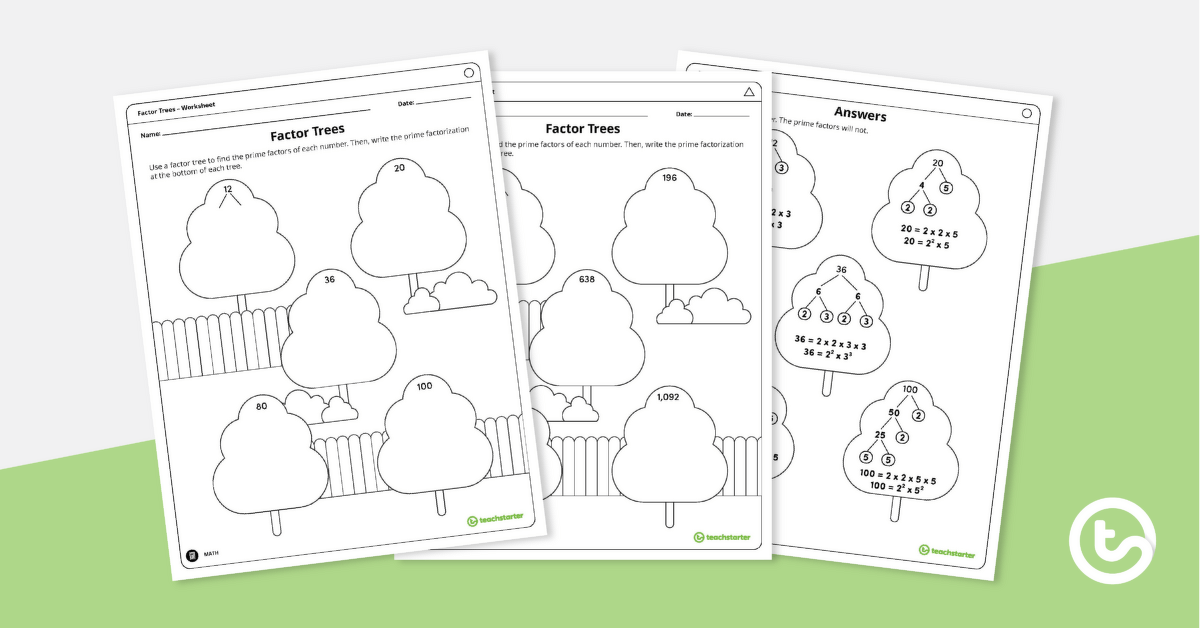

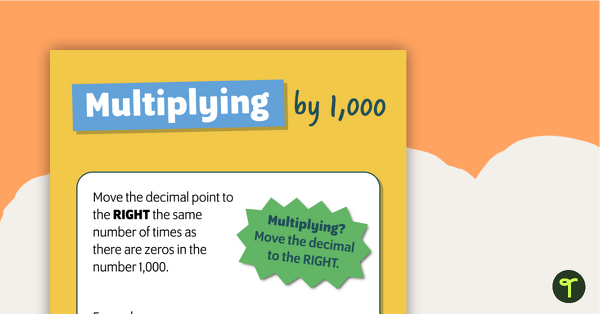
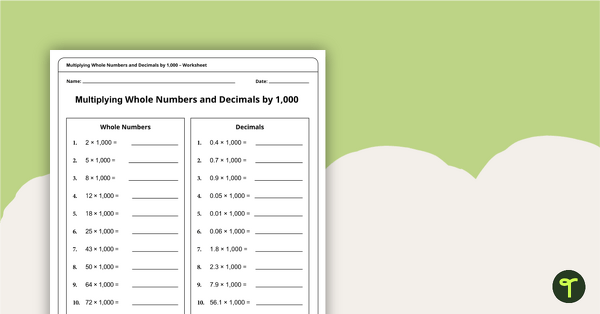
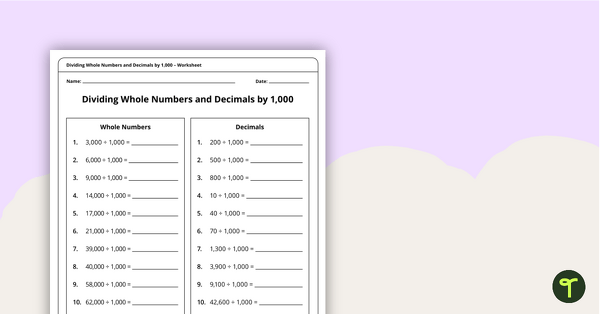
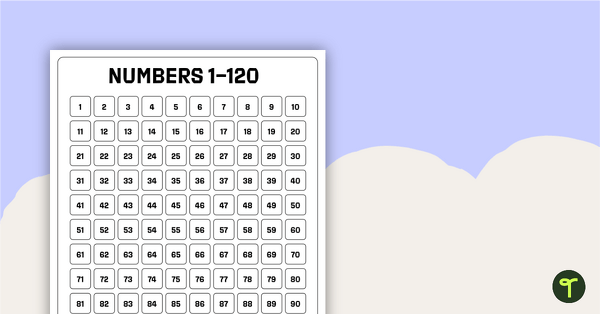
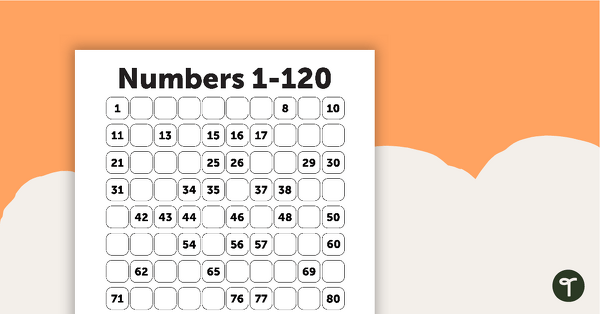
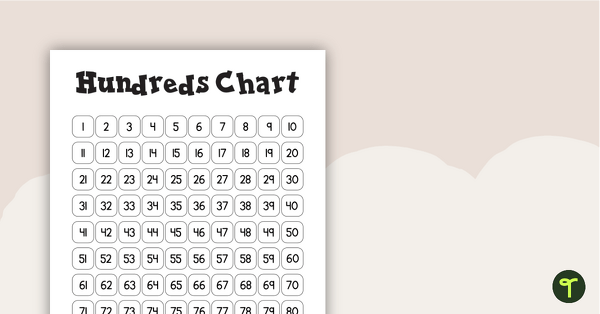
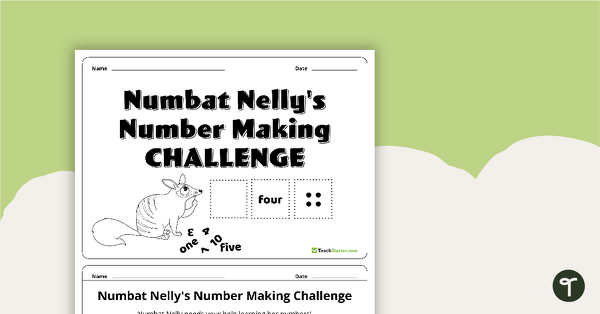

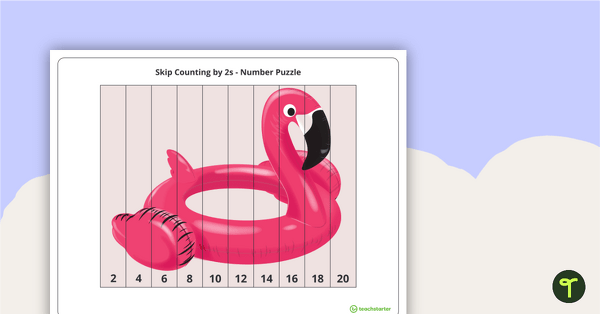
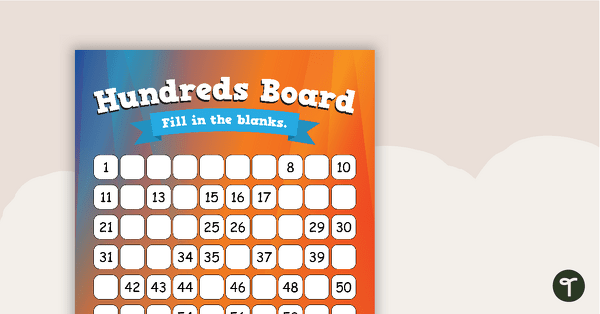
0 Comments
Write a review to help other teachers and parents like yourself. If you'd like to request a change to this resource, or report an error, select the corresponding tab above.